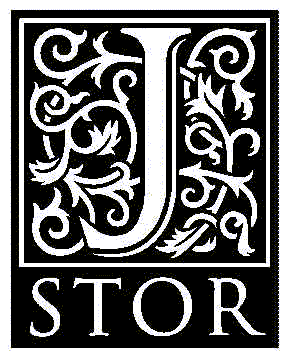Hooykaas-van Leeuwen Boomkamp, J.H. [Jacoba
Hendrika]: "Ritual Purification of a Balinese Temple",
Amsterdam/NED 1961:
North Holland Publishing Company,
(Verhandelingen der Koninklijke Nederlandse Akademie van Wetenschappen, Afd.
Letterkunde)
reviewed by C.G.
[Clifford Geertz]
Book Review, in:
Journal of the American Oriental Society,
vol. 82, no. 1 (Jan. - Mar. 1962), p. 139.
Ritual
Purification of a Balinese Temple.
By J. H. HOOYKAAS - VAN LEEUWEN BOOMKAMP.Verhandelingen der
Koninklijke Nederlandse Akademie van Wetenschappen, Afd. Letterkunde, Nieuwe
Heeks, Deel LXVIII, No. 4.
Much of Balinese religion centers around ritual purification by means of holy
water sprinkled on altars, offerings and worshipers alike. In the temples, an
important role in such ceremonies of purification is played by the lis,
an intricately woven, plaited, palm-leaf "sprinkler" which, having been chanted
over and doused with water by a priest, is waved in the direction of the various
"thornes" of the deities who are being invited to visit the temple. Professor
Hooykaas - van Leeuwen Boomkamp's short essay consists of a thorough analysis of
the construction of the lis as a complex of forty-four separate and
distinct elements, a presentation and translation of the chants (mantra)
which are used to consecrate it, and a description of a number of ancillary
objects of purification which are associated with it in the general “cleansing "
of the temple. The book is excellently illustrated,
a particularly noteworthy feature being careful and authoritative
drawings of all the Iis elements by a Balinese Brahman who happens also
to be a professional artist. For non-specialists, or even for specialists in
related fields who do not already know a great deal about Bali, Professor
Hooykaas - van Leeuwen Boomkamp's failure to set her very narrowly focused study
in any broader content at all may cause this essay to appear somewhat opaque.
But in the content of the scholarly study of Balinese religion as such, it is an
admirably thorough resolutely circumstantial and, so far as I am competent to
judge, entirely accurate contributon. (C.G.)
online source:
https://www.jstor.org/stable/596024.
JSTOR's Terms and Conditions of Use provides,
in part, that unless you have obtained prior permission, you may not
download an entire issue of a journal or multiple copies of articles,
and you may use content in the JSTOR archive only for your personal,
non-commercial use.
Journal of the American Oriental Society is currently
published by the American Oriental Society. Please contact the
publisher regarding any further use of this work. Publisher contact
information may be obtained at
http://www.jstor.org/journals/sup.html.
Each copy of any part of a JSTOR
transmission must contain the same copyright notice that appears on the
screen or printed page of such transmission.

Using this text is also subject to the general
HyperGeertz-Copyright-regulations
based on the Austrian copyright-law (“Urheberrechtsgesetz 1936”, version
2018, par. 40h, par. 42), which - in short - allow a personal, nonprofit
& educational (all must apply) use of material stored in data bases,
including a restricted redistribution of such material, if this is also
for nonprofit purposes and restricted to a specific scientific community
(both must apply), and if full and accurate attribution to the author,
original source and date of publication, web location(s) or originating
list(s) is given ("fair-use-restriction"). Any other use transgressing
this restriction is subject to a direct agreement between a subsequent
user and the holder of the original copyright(s) as indicated by the
source(s). HyperGeertz@WorldCatalogue cannot be held responsible for any
neglection of these regulations and will impose such a responsibility on
any unlawful user.
Each copy of any part of a transmission of a HyperGeertz-Text must
therefore contain this same copyright notice as it appears on the screen
or printed page of such transmission, including any specific copyright
notice as indicated above by the original copyright holder and/ or the
previous online source(s).
